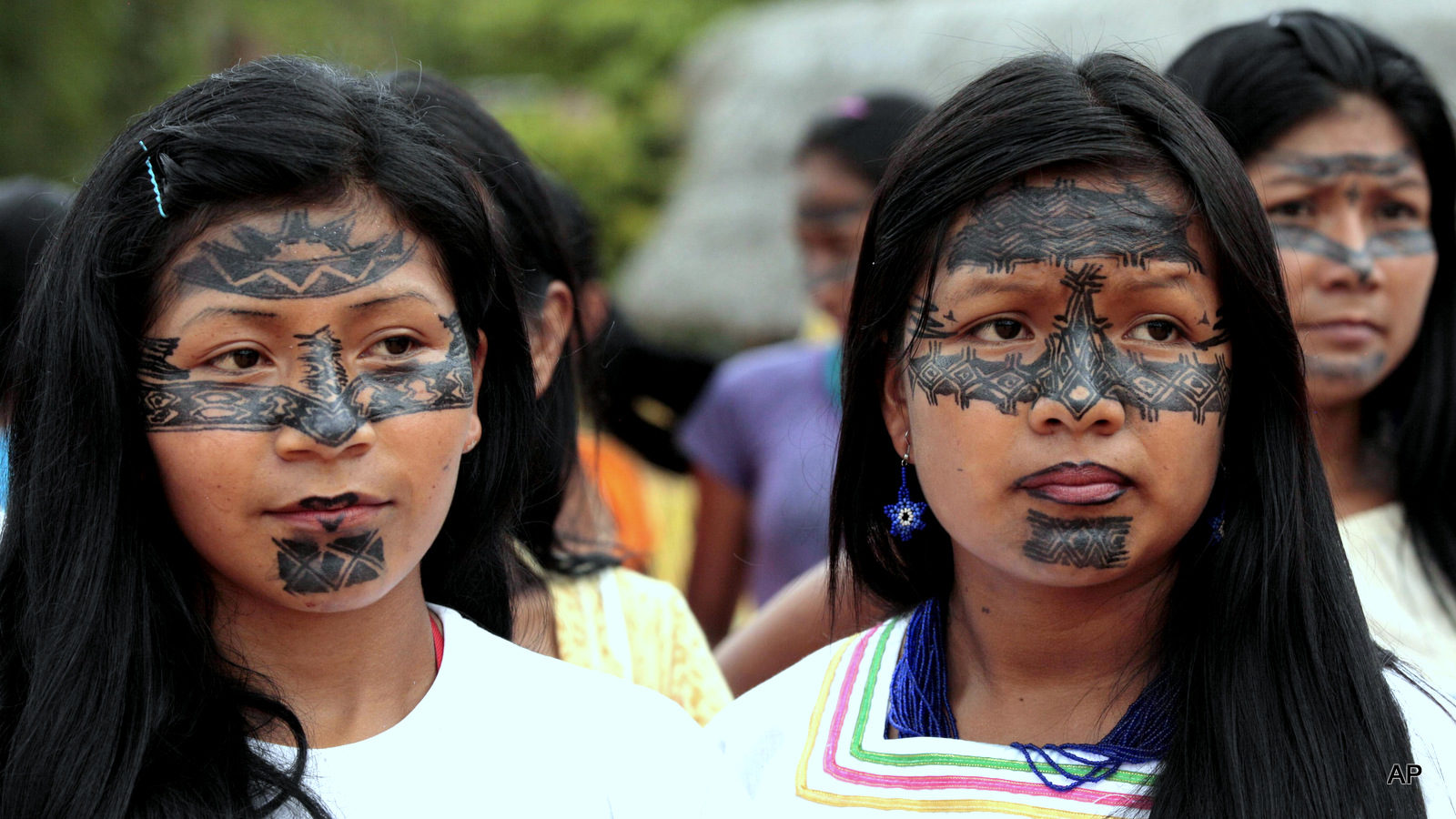Indigenous nations have emerged as vocal defenders of land and water, but state surveillance of these groups is disproportionate, and speaks of the broad criminalization of Indigenous peoples
by Lex Gill and Cara Zwibel
Researchers and journalists have begun to reveal the extent to which Indigenous activists and organisations in Canada are subject to surveillance by police, military, national security intelligence agencies and other government bodies. While security agencies have long looked beyond ‘traditional’ national security threats and set their sights on activists – even in the absence of evidence linking these individuals or organisations to any violent criminal activity – this reality is increasingly the subject of media and public scrutiny. As Jeffrey Monaghan and Kevin Walby have written, the language of “aboriginal and multi-issue extremists” in security discourse blurs the line between threats to national security, matters of ordinary law enforcement, and lawful, democratic advocacy.
In this piece, we summarize some of what is known about the surveillance practices employed to keep tabs on Indigenous leaders and activists, and describe their impact on Charter-protected and internationally recognised human rights and freedoms.
Indigenous nations and peoples have emerged, worldwide, as vocal defenders of land and water, organising to protect ancestral territories and ways of life. In Canada, while aboriginal and treaty rights are constitutionally recognised and affirmed, the interpretation of those rights is highly contested and a matter frequently before the country’s highest court. Indigenous activists and organisations in Canada have led popular resistance to the development of new oil and gas pipelines, hydroelectric dams, mining operations, and other extractive industries that have significant environmental impact and which frequently encroach on Indigenous territories.
This resistance – with tactics ranging from peaceful protest and strategic litigation to the establishment of creative action camps and blockades – has frequently been met with a forceful police response. Through diligent research and investigative reporting, a pattern of extensive surveillance of these activities has also emerged – implicating law enforcement, intelligence agencies and numerous other government bodies.
The pattern of surveillance against Indigenous activists and organisations… can be characterised as disproportionate and alienating.
Both freedom of expression and assembly are guaranteed under the Canadian Charter of Rights and Freedoms, which forms part of the Canadian constitution. The freedom from unreasonable search and seizure – which provides constitutional protection for privacy – is also guaranteed. The law recognises certain limits to these rights, provided they further a compelling government objective and are proportionate to that objective. However, the pattern of surveillance against Indigenous activists and organisations that has emerged in Canada is one that can clearly be characterised as disproportionate and alienating, with no evidence that it is necessary. Though these operations are inherently covert, Indigenous activists, researchers and human rights advocates have begun – largely through access-to-information requests – to piece together a clearer picture of the ways in which this surveillance takes place. Below, we discuss surveillance of individual leaders, surveillance of communities and movements, and how the agencies and departments that gather information use and share it.
Surveillance of Indigenous leaders
Government agencies have engaged in surveillance and information-gathering activities focused on Indigenous leaders and activists. Take for example the case of Dr. Cindy Blackstock, who is a Gitksan activist for child welfare, the Executive Director of the First Nations Child and Family Caring Society of Canada, and a Professor of Social Work at McGill University. Dr. Blackstock’s organisation (along with the Assembly of First Nations) had sought justice at Canada’s Human Rights Tribunal regarding the federal government’s failure to provide equal funding for services for First Nations children, youth and families living on First Nations reserves. Access to information requests revealed that between 2009 and 2011, Dr. Blackstock was subject to extensive monitoring by Indigenous and Northern Affairs Canada (INAC) – the government department responsible for Indigenous issues — and the Department of Justice. Officials monitored her personal and professional activities on Facebook and attended between 75 and 100 of her public speaking engagements, taking detailed notes and widely distributing reports on her activities. In 2013, Canada’s Privacy Commissioner found that by engaging in this personal monitoring – which was unrelated to her professional activities or her organisation’s case against the government – the Department of Justice and INAC had violated Dr. Blackstock’s privacy rights.
Clayton Thomas-Muller’s case provides another example. Mr. Thomas-Muller is a member of the Mathias Colomb Cree Nation and a former Idle No More organiser. The Aboriginal Peoples Television Network (APTN) National News obtained documents from criminology professor Dr. Jeffrey Monaghan demonstrating that in 2010 and 2011, information about Thomas-Muller (who was at the time a member of the Indigenous Environmental Network (IEN)) had made its way into the RCMP’s Suspicious Incidents Report (SIR) despite acknowledgement that there was no specific criminal threat at issue: Thomas-Muller was simply planning a trip to the Wet’suwet’en action camp against the Northern Gateway pipeline. The report was referred for inclusion in the SIR on the basis that IEN was an ‘extremist’ group, although the basis for this characterisation, or how the group was designated as such, is not known.



